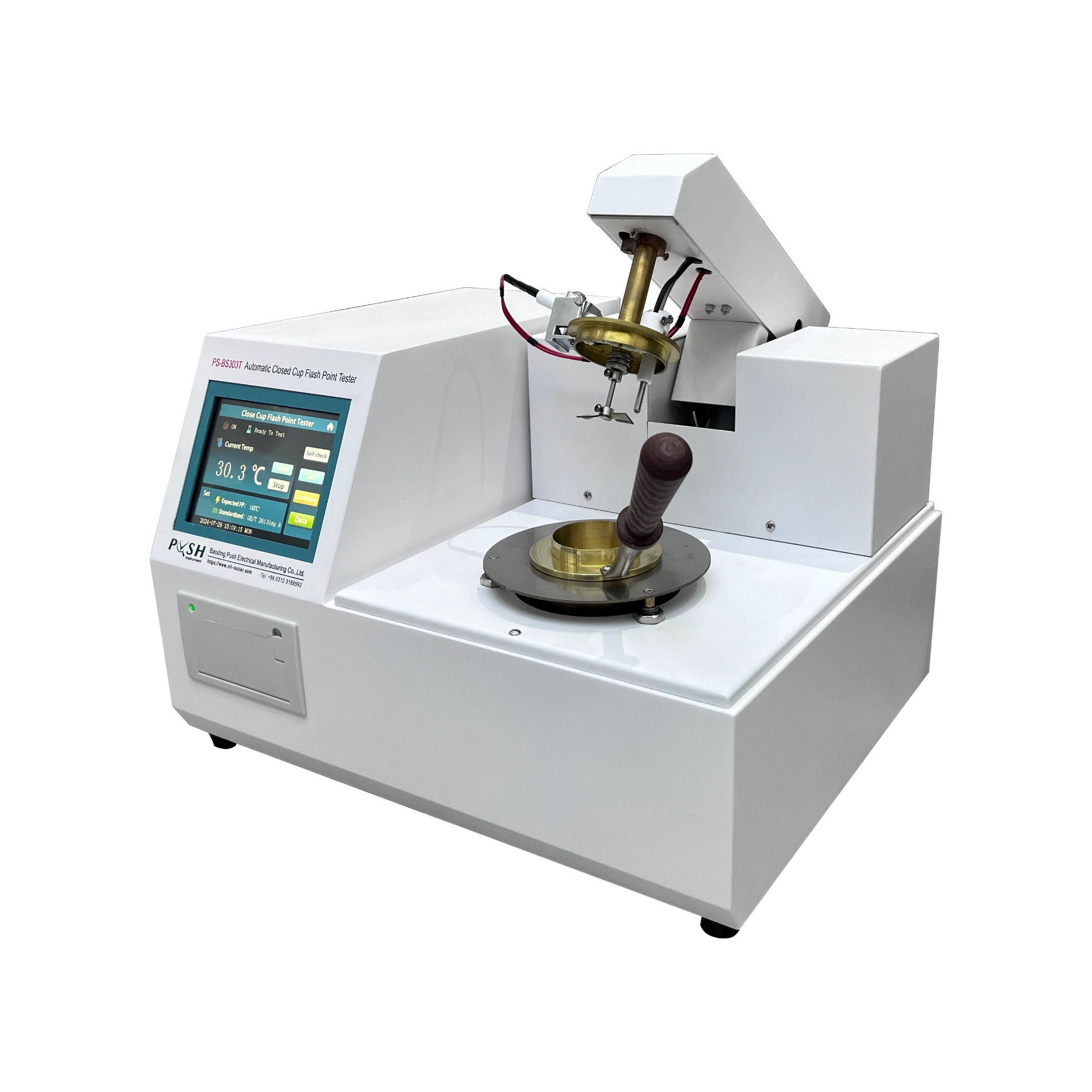 English
English


Evaluation of Transformer Winding Resistance Using Precision Measurement Techniques
Measurement of Winding Resistance of Transformers
The winding resistance of a transformer is a critical parameter that affects its efficiency, performance, and longevity. As an essential part of transformer maintenance and testing, measuring winding resistance helps in assessing the quality of the winding material, detecting potential problems, and ensuring that the transformer operates within its optimal parameters. In this article, we will explore the significance of winding resistance measurements, the methods used to carry out these measurements, and the factors that can influence the resistance.
Importance of Measuring Winding Resistance
Winding resistance measurements provide valuable insights into the condition of a transformer. High resistance levels can indicate several issues, including poor connections, damaged winding insulation, or deterioration of the winding material due to aging. By identifying these problems early, maintenance personnel can implement corrective actions before they escalate into significant failures, potentially leading to costly downtimes or catastrophic losses.
Moreover, winding resistance plays a vital role in determining the efficiency of transformers. Excessive resistance can lead to energy losses in the form of heat, reducing the overall performance and increasing operational costs. Therefore, regular monitoring of winding resistance is crucial, particularly in high-load applications, to ensure that the transformer runs efficiently and reliably.
Methods for Measuring Winding Resistance
Several methods exist for measuring the winding resistance of transformers, including the use of ohmmeters, bridge methods, and automated test systems.
1. Ohmmeter Method This is one of the simplest approaches, where a digital or analog ohmmeter is used to measure the resistance directly across the transformer windings. While straightforward, this method may not provide the most accurate results, especially under operating conditions or when the windings are at elevated temperatures.
measurement of winding resistance of transformer

2. Bridge Method The Wheatstone bridge method is another common technique used for measuring low resistance. It involves constructing a bridge circuit to balance known and unknown resistances, allowing for highly accurate readings. However, this method can be more complex and time-consuming, requiring careful calibration and set-up.
3. Automated Resistance Testing Systems These systems are specifically designed for transformer testing and can quickly measure winding resistance with high precision. They often include additional features such as data logging, reporting, and automated testing sequences, making it easier for technicians to conduct regular maintenance checks.
Factors Influencing Winding Resistance
Several factors can influence the measured winding resistance of a transformer. Temperature is one of the most significant aspects, as resistance changes with temperature variations. Higher temperatures typically result in increased resistance due to the increased energy within the conductor. Therefore, measurements should ideally be taken at a standardized temperature, or corrections applied to account for temperature differences.
Another influencing factor is the age and condition of the windings. Over time, insulation materials can degrade, and mechanical stresses can induce changes in the winding. Periodic testing and analysis can help detect these changes before they become problematic.
Conclusion
In summary, measuring the winding resistance of transformers is a vital aspect of maintenance and performance assessment. By understanding its importance, familiarizing oneself with the various measurement methods, and recognizing the factors that influence resistance readings, maintenance professionals can ensure their transformers operate efficiently and reliably. Regular winding resistance measurements not only help in identifying potential issues early on but also contribute to the overall longevity of the transformer, ultimately leading to enhanced performance and reduced operational costs. In the dynamic world of electrical engineering, the proactive monitoring of transformer winding resistance stands as a best practice that cannot be overlooked.
-
Differences between open cup flash point tester and closed cup flash point testerNewsOct.31,2024
-
The Reliable Load Tap ChangerNewsOct.23,2024
-
The Essential Guide to Hipot TestersNewsOct.23,2024
-
The Digital Insulation TesterNewsOct.23,2024
-
The Best Earth Loop Impedance Tester for SaleNewsOct.23,2024
-
Tan Delta Tester--The Essential Tool for Electrical Insulation TestingNewsOct.23,2024





